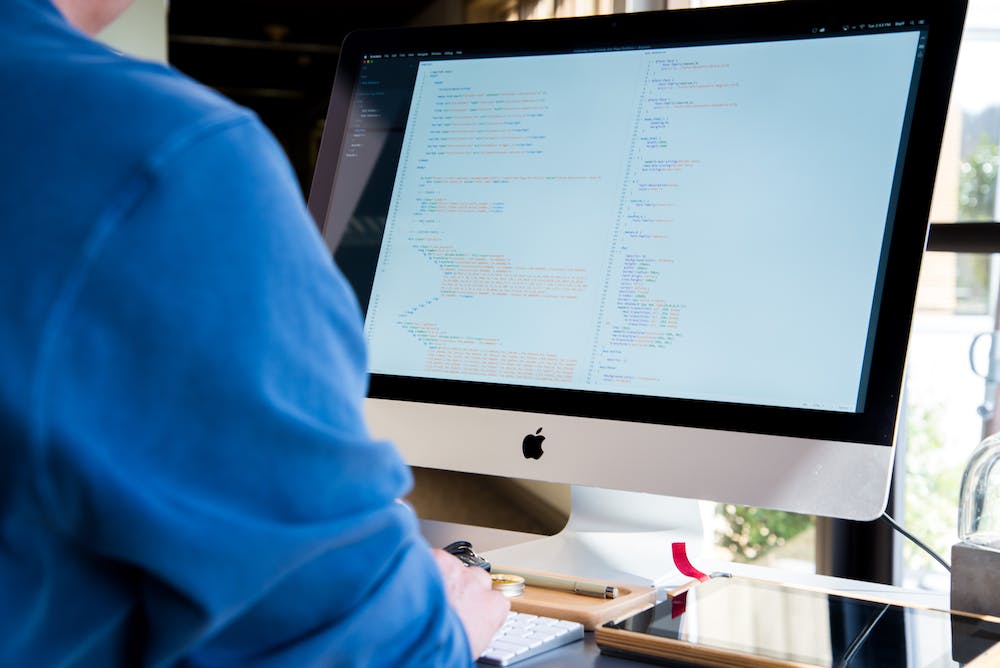
XAMPP is a popular development environment that allows you to create and test web applications locally. IT includes the necessary components, such as Apache, MySQL, and PHP, to set up a fully functional web server on your computer. In this comprehensive guide, we will walk you through the process of getting started with XAMPP PHP 5.6 and answer some frequently asked questions to help you navigate through this powerful tool.
Step 1: Download and Install XAMPP
The first step is to download XAMPP PHP 5.6 from the official Apache Friends Website (https://www.apachefriends.org). Choose the appropriate version of XAMPP for your operating system (Windows, Mac, or Linux) and download the installer.
Once the download is complete, run the installer and follow the on-screen instructions to install XAMPP on your computer. By default, XAMPP will be installed in the “C:/xampp” directory on Windows, “/opt/lampp” on Linux, and “/Applications/XAMPP” on Mac. Make sure to select the necessary components (Apache, MySQL, PHP, etc.) during the installation process.
Step 2: Start Apache and MySQL
To start using XAMPP, open the XAMPP Control Panel from the installation directory or by searching for “XAMPP Control Panel” in your Start menu on Windows. On Mac and Linux, you can start XAMPP through the terminal.
In the XAMPP Control Panel, you will see two key modules: Apache and MySQL. Click the “Start” button next to each of these modules to start the Apache web server and MySQL database server. You will notice that the status of these modules changes from “Stopped” to “Running” once they have successfully started.
Step 3: Test your Installation
After starting Apache and MySQL, you can test your XAMPP installation by opening a web browser and typing “http://localhost” or “http://127.0.0.1” in the address bar. If everything is set up correctly, you should see the XAMPP dashboard or a welcome page indicating a successful installation.
Step 4: Modify the PHP Configuration (php.ini)
XAMPP comes with a default configuration for PHP, but depending on your requirements, you may need to make some changes. The PHP configuration file, known as “php.ini,” can be found in the XAMPP installation directory.
Open the “php.ini” file in a text editor and modify the settings according to your needs. For example, you can increase the maximum file upload size or adjust the memory_limit. Remember to save the changes and restart Apache for the modifications to take effect.
FAQs
Q: Why do I need XAMPP?
Having a local development environment like XAMPP allows you to work on web applications without the need for an internet connection. IT provides a safe and controlled environment for testing and debugging before deploying your application to a live server.
Q: How can I access the files stored in XAMPP?
All your web files should be stored in the “htdocs” folder within the XAMPP installation directory. You can access them by navigating to “http://localhost” or “http://127.0.0.1” in your web browser. Alternatively, you can also access the files directly through the file explorer, depending on your operating system.
Q: Can I use a different version of PHP with XAMPP?
Yes, XAMPP supports multiple versions of PHP, including PHP 5.6. However, the version you choose will depend on the specific requirements of your project. You can download different versions of XAMPP from the Apache Friends Website and install them alongside your existing installation.
Q: How can I secure my XAMPP installation?
By default, XAMPP is not configured for production use and is intended for local development only. To make your XAMPP installation more secure, you should follow best practices, such as restricting access to the XAMPP dashboard, setting passwords for MySQL and other services, and keeping your system up to date.
Q: Can I use XAMPP on macOS?
Yes, XAMPP is compatible with macOS. You can download the appropriate version from the Apache Friends Website and follow the installation instructions provided earlier in this guide.





